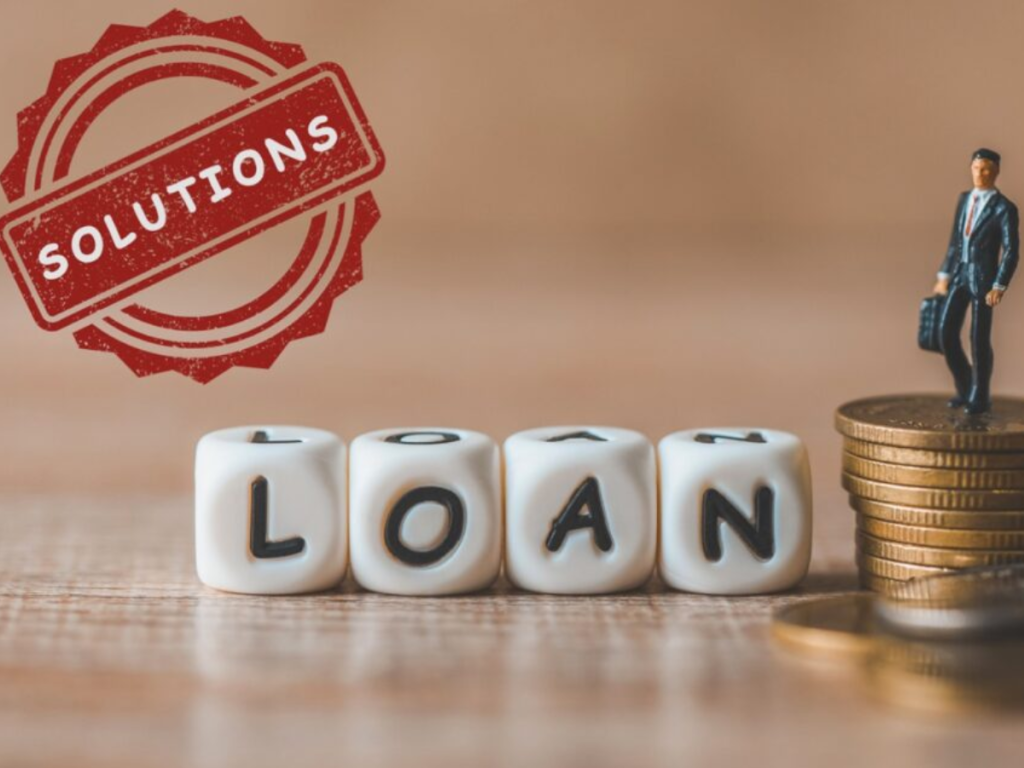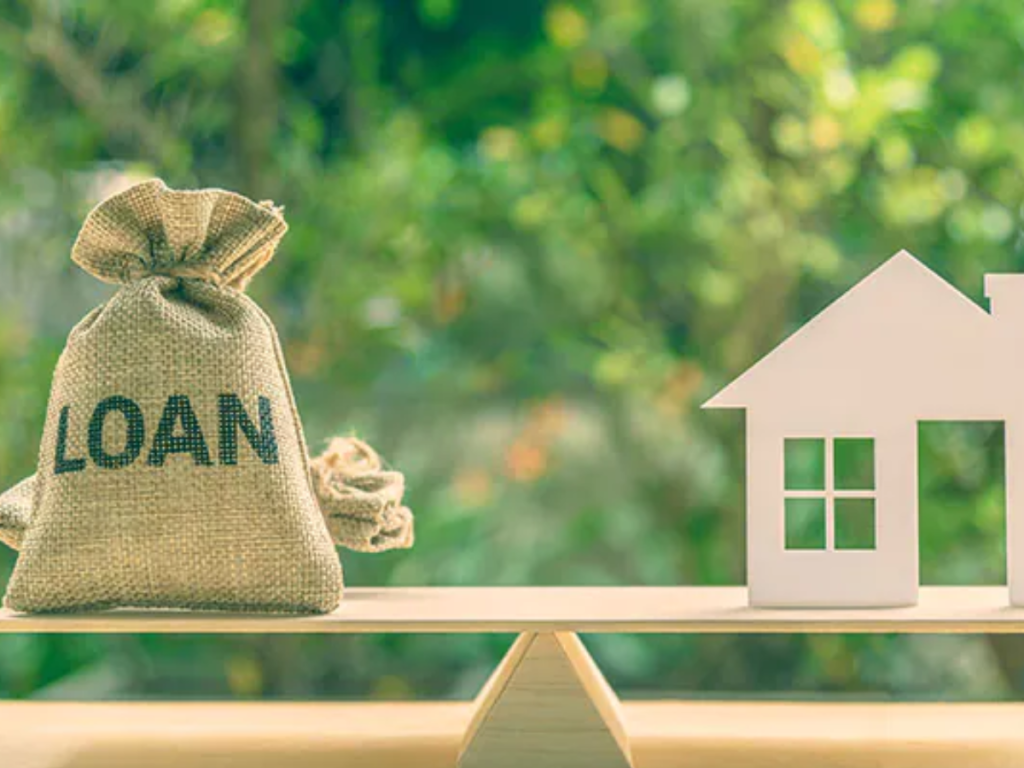Introduction
When purchasing a home, one of the most important financial decisions you’ll face is choosing the right mortgage. The type of mortgage rate you choose will significantly impact your monthly payments, overall loan cost, and financial stability in the future. Two of the most common options available to homebuyers are fixed-rate mortgages and variable-rate mortgages. While both have their advantages, they come with different risks and benefits. Understanding the differences between these two types of mortgages is crucial to making an informed decision that aligns with your financial situation and goals.
This article will explain the key differences between fixed and variable mortgage rates, the pros and cons of each, and help you determine which one is best suited for your home loan.
What Is a Fixed-Rate Mortgage?
A fixed-rate mortgage is a home loan with an interest rate that remains the same for the entire term of the loan. Typically, fixed-rate mortgages are available in terms of 15, 20, or 30 years, although other options exist. The main advantage of a fixed-rate mortgage is that the monthly payment stays the same for the entire loan term, providing borrowers with stability and predictability.
How It Works
With a fixed-rate mortgage, the interest rate is locked in at the time of closing and does not change, no matter how much market interest rates fluctuate. Your payment consists of both principal and interest, with a larger portion going to interest early in the loan term. As you make payments, the amount applied to the principal increases, and the interest decreases, but the overall payment remains the same.
For example, if you take out a 30-year fixed-rate mortgage at 4% interest, you will pay the same interest rate for the entire 30 years, regardless of how interest rates change in the broader market. This makes it easier to budget, as you can count on the same mortgage payment month after month.
Advantages of Fixed-Rate Mortgages
- Predictability: One of the biggest advantages of a fixed-rate mortgage is the predictability it offers. Knowing exactly what your monthly payment will be for the entire term of the loan helps you manage your budget and avoid surprises.
- Protection Against Rising Interest Rates: If interest rates rise in the future, your mortgage rate will remain the same. This is particularly beneficial in times of economic uncertainty or when you expect rates to increase.
- Long-Term Stability: Fixed-rate mortgages are ideal for people who plan to stay in their home for an extended period. The long-term stability makes it a secure option for buyers who want consistency.
Disadvantages of Fixed-Rate Mortgages
- Higher Initial Rates: Fixed-rate mortgages typically come with higher initial interest rates compared to variable-rate mortgages. This means that while your payment will remain steady, you may start with a higher monthly payment.
- Less Flexibility: If interest rates drop after you lock in your rate, you won’t be able to take advantage of lower rates without refinancing your mortgage, which can involve additional costs and paperwork.
- Potentially Higher Overall Costs: If interest rates stay the same or fall over time, you may end up paying more for your mortgage compared to someone with a variable-rate mortgage.
What Is a Variable-Rate Mortgage?
A variable-rate mortgage (also known as an adjustable-rate mortgage or ARM) is a home loan with an interest rate that changes over time based on the performance of a specific benchmark or index. These loans often start with a lower interest rate than fixed-rate mortgages, but the rate can increase or decrease after an initial period, typically 5, 7, or 10 years.
How It Works
A variable-rate mortgage has an interest rate that is composed of two parts: the index and the margin. The index is a benchmark interest rate (such as the LIBOR, SOFR, or Treasury index), and the margin is the percentage added to the index to determine your loan’s interest rate.
For example, an ARM might be advertised as “5/1,” which means the initial rate is fixed for 5 years, and after that, it will adjust annually based on the benchmark index. If your initial rate is 3%, and the index rate increases to 2%, your new rate would be 5% (3% initial rate + 2% index).
Advantages of Variable-Rate Mortgages
- Lower Initial Interest Rates: Variable-rate mortgages typically offer lower initial interest rates than fixed-rate mortgages, which can make them an attractive option for buyers who need lower payments in the early years of the loan.
- Potential for Lower Rates in the Future: If interest rates remain stable or decrease after the initial fixed-rate period, your payments may go down, saving you money over the life of the loan.
- Short-Term Savings: If you plan to sell your home or refinance before the adjustable period kicks in, you can benefit from the initial lower rate without worrying about future rate increases.
Disadvantages of Variable-Rate Mortgages
- Uncertainty: The biggest disadvantage of an ARM is the uncertainty of future rate changes. Your monthly payments can rise significantly, making it difficult to budget and plan for future expenses.
- Potential for Higher Payments: If interest rates rise, your mortgage payments will also increase. This could lead to financial strain, especially if you’re not prepared for higher payments in the future.
- Caps and Limits: While most ARMs have rate caps that limit how much the interest rate can increase during each adjustment period or over the life of the loan, the rate could still go up significantly, depending on the loan terms.
Key Differences Between Fixed and Variable Mortgage Rates
- Interest Rate Stability
- Fixed-Rate: The interest rate remains the same for the entire loan term, providing predictable monthly payments.
- Variable-Rate: The interest rate can change after an initial fixed period, leading to potential fluctuations in your monthly payment.
- Initial Interest Rate
- Fixed-Rate: Higher initial interest rate compared to variable-rate mortgages.
- Variable-Rate: Typically lower initial interest rate, which can result in lower initial payments.
- Risk
- Fixed-Rate: No risk of rate increases, making it a safer option for long-term stability.
- Variable-Rate: There’s a risk that rates could increase, leading to higher payments in the future.
- Cost Over Time
- Fixed-Rate: The cost is predictable, but it may be higher in the short term.
- Variable-Rate: While the initial cost may be lower, there’s a chance that payments could rise significantly depending on market conditions.
- Long-Term vs. Short-Term Considerations
- Fixed-Rate: Ideal for those who plan to stay in their home for a long time and prefer stability.
- Variable-Rate: Better for buyers who may sell or refinance before the rate adjusts or for those comfortable with potential rate increases.
Which One Is Right for You?
Choosing between a fixed-rate and a variable-rate mortgage depends largely on your financial situation, risk tolerance, and long-term plans. Here are some factors to consider when making your decision:
1. How Long Do You Plan to Stay in Your Home?
- If you plan to live in your home for a long time, a fixed-rate mortgage may be the best option, as it provides stability and predictability.
- If you plan to sell or refinance within the next few years, a variable-rate mortgage might save you money in the early years with its lower initial rates.
2. What’s Your Risk Tolerance?
- If you prefer predictability and can’t stomach the possibility of rising payments, a fixed-rate mortgage is the safer choice.
- If you’re comfortable with potential fluctuations in interest rates and think rates may stay low or decrease, a variable-rate mortgage could be more cost-effective.
3. Current Interest Rate Environment
- If interest rates are low, a variable-rate mortgage might offer significant savings in the early years.
- If rates are expected to rise in the future, locking in a fixed rate could provide peace of mind and save you money in the long run.
4. Financial Situation
- If you need to minimize your initial mortgage payments due to budget constraints, a variable-rate mortgage may be a good option.
- If you have a stable financial situation and prefer the security of fixed payments, a fixed-rate mortgage might be better suited for your needs.
Conclusion
When choosing between a fixed-rate and a variable-rate mortgage, there is no one-size-fits-all answer. Both options have distinct advantages and drawbacks, and the right choice depends on your individual financial situation, long-term goals, and risk tolerance. Fixed-rate mortgages offer stability and predictability, while variable-rate mortgages can offer lower initial payments and the potential for savings if interest rates remain favorable.
Take the time to evaluate your personal circumstances, consult with a mortgage advisor, and consider the future of interest rates before making a decision. With careful planning, you can choose the mortgage that best fits your needs and helps you achieve your homeownership goals.

